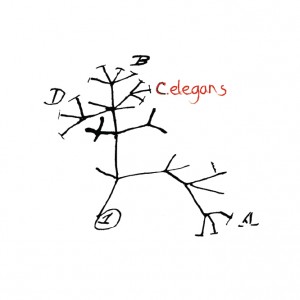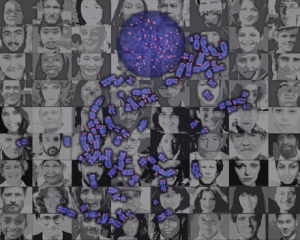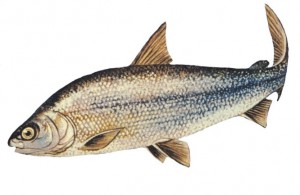Enter your address to receive notifications about new posts to your email.
Science & Publishing
-
Science & Publishing
Human Genetic Diversity and Social Inequalities
As ancient humans spread across the globe from their evolutionary birthplace in Africa, they tended to lose a little genetic diversity at each step along the way. New settlements were probably often founded by small groups that carried only a subset of the total diversity present in their homelands. Successive rounds of this “founder effect”…
-
Science & Publishing
New in GENETICS!
Check out the September issue of GENETICS! Investigations METHODS, TECHNOLOGY, AND RESOURCES A Male-Specific Genetic Map of the Microcrustacean Daphnia pulex Based on Single-Sperm Whole-Genome Sequencing Xu, Sen, Matthew S. Ackerman, Hongan Long, Lydia Bright, Ken Spitze, Jordan S. Ramsdell, W. Kelley Thomas, and Michael Lynch Abstract|Full Text|Full Text (PDF)|Supporting Information HIGHLIGHTED ARTICLE Computer-Assisted Transgenesis of Caenorhabditis elegans for Deep…
-
Science & Publishing
New in G3: transcriptomics, temperature-sensitive yeast, and TALENs
Check out the September issue of G3! Investigations SWEEP: A Tool for Filtering High-Quality SNPs in Polyploid Crops Josh P. Clevenger and Peggy Ozias-Akins G3 September 2015 5:1797-1803; Early Online July 6, 2015, doi:10.1534/g3.115.019703 Abstract | Full Text | Full Text (PDF) | Supporting Information Comparative Transcriptome Analysis of the Cosmopolitan Marine Fungus Corollospora maritima Under Two…
-
Science & Publishing
Sex with Benefits: Candida albicans and the Selective Advantage of Mating
A vast number of species depend on sexual reproduction for survival. Sex facilitates adaptation and rids populations of deleterious mutations. Despite the benefits of this process, sex can be remarkably costly and disrupt already advantageous genetic combinations. Only 20% of fungal species have been observed to reproduce sexually, and a long-standing mystery for researchers is…
-
Science & Publishing
Speeding up PCD diagnosis with whole-exome sequencing
Primary ciliary dyskinesia (PCD) is a disorder characterized by chronic respiratory distress that has a history of going undiagnosed. Combined whole-exome sequencing (WES) and copy-number variant (CNV) analysis can aid in diagnosing patients with PCD, according to research published in G3 this month. PCD arises from mutations in cilia-associated genes—and results from the paralysis of…
-
Science & Publishing
The new genomic world of wild worms
Mark Blaxter (Institute of Evolutionary Biology, University of Edinburgh) reports on the “Caenorhabditis Genomes Project” workshop at GSA’s recent 20th International C. elegans Meeting. Caenorhabditis elegans, affectionately referred to as “the worm,” is one of the prettiest and most informative of the model organisms. It is see-through, has a simple lifecycle and a remarkably simple anatomy,…
-
Science & Publishing
August GENETICS Highlights
The August issue of GENETICS is out now! Check out the Highlights below or the full Table of Contents here. ISSUE HIGHLIGHTS Characterizing race/ethnicity and genetic ancestry for 100,000 subjects in the genetic epidemiology research on adult health and aging (GERA) cohort, pp. 1285–1295 Yambazi Banda, Mark N. Kvale, Thomas J. Hoffmann, Stephanie E. Hesselson, Dilrini Ranatunga, Hua Tang, Chiara Sabatti, Lisa…
-
Science & Publishing
GSA pleased to be founding member of Plant Science Research Network
The Genetics Society of America (GSA) is pleased to be a founding member of the Plant Science Research Network (PSRN), which was launched earlier this week. This effort, supported by a Research Coordination Network award from the National Science Foundation (NSF), will seek to unite the plant science community and to harness its collective vision…
-
Science & Publishing
New in G3: CRISPR, C. elegans, & a ciliopathy
Check out the August issue of G3! Perspectives Exome Sequencing: Current and Future Perspectives Amanda Warr, Christelle Robert, David Hume, Alan Archibald, Nader Deeb, and Mick Watson G3 August 2015 5:1543-1550; Early Online July 2, 2015, doi:10.1534/g3.115.018564 Full Text | Full Text (PDF) Investigations Identification of Wnt Pathway Target Genes Regulating the Division and Differentiation of…
-
Science & Publishing
Multiple Paths to the Same Result: Parallel Evolution in Lake Whitefish
For Lake Whitefish, history has repeated itself. Across the St. John River region that spans Québec and Maine, these freshwater fish have continually evolved in the same way. Within the many individual lakes in this area, Lake Whitefish have diverged into two groups differentiated by size and body shape. These two groups, known as “dwarf”…
-
Science & Publishing
A “date” with the history of Phoenix dactylifera cultivation
The sticky fruit of the date palm has a tangled history. New research in G3 explores the palm’s genetic diversity and traces its earliest cultivation to at least two distinct regions in North Africa and the Arabian Gulf. The date palm (Phoenix dactylifera) is one of the world’s oldest cultivated trees and has close ties…


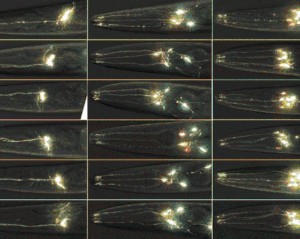
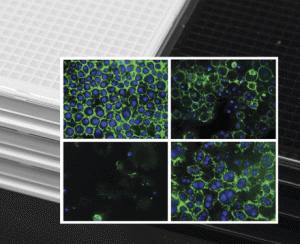
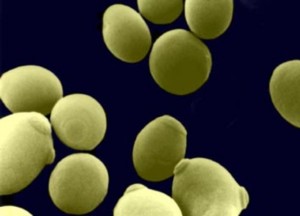
![By Louisa Howard, Michael Binder [Public domain], via Wikimedia Commons" width="666" height="532" />](https://s36063.pcdn.co/wp-content/uploads/2015/09/Bronchiolar_area_cilia_cross-sections_1-300x240-300x240.jpg)
